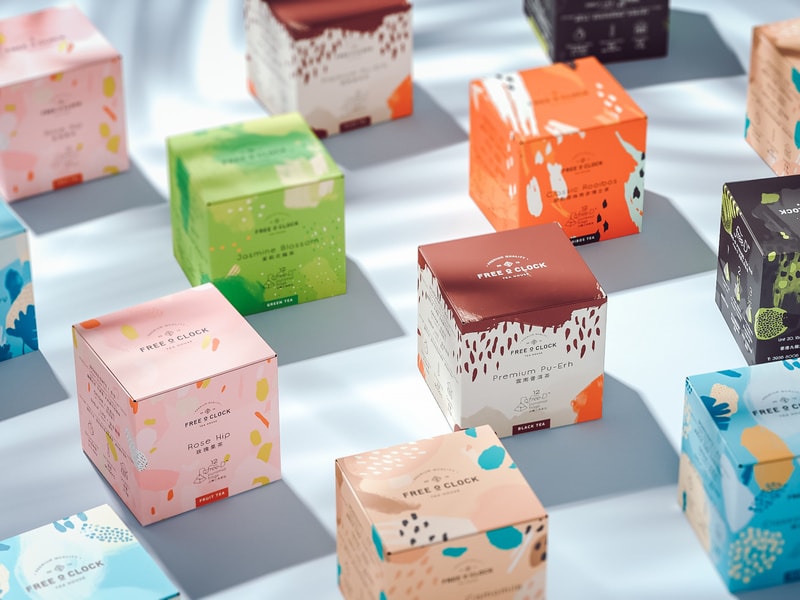I think many of us remember as kids the many forts, fortresses, and castles we made out of big brown corrugated boxes. It was nice to be the ruler of the domain, directing our royal subjects to do our bidding. For a brief moment in time, we were no longer the smallest kid, or the awkward kid with glasses. In our corrugated box fortress we were invincible to giants, and didn't have to take orders from anyone. King of the world! Even if only for an hour.
With all of our current technology to keep us engaged, everyone has noticed a young child at Christmas playing with the box more than the toy. Our fascination and imagination with those unassuming brown corrugated boxes extends to every child. Maybe that's the attraction? It's a blank canvas, with which we can make anything we want.
Whether today or 50 years ago, corrugated box creations were a part of all our childhood imaginations. How many experiences transcend generations. Our great, grand-parents played with corrugated boxes when they were young, and so will our generation's children, and maybe even their children. Cats too, seem to have a magnetic attraction to corrugated boxes. The irresistible enchanting almost instinctive urge to inspect every corner of the box and once satisfied with her examination, she plunks down for a seemingly richly-deserved nap.

Read more: <span style="font-size:13.3333px">hop giay nho</span>
Many a science project would have been defunct without a sturdy corrugated backer board. How about a soap box car, spaceships and race cars without well, a box? Remember leaning from side to side making the classic vvvvrrrrrrruuummm noises and the errrrrr, eeeearrrrrrrrrr shifting noises. Those refrigerator boxes were the best! The whole street celebrated when someone got a new appliance so the littler residents on the street could escape to a far away fairytale land to play princes and princesses, and slay imaginary dragons.
A Part of our Culture:
Corrugated boxes have unknowingly become part of our culture. Albeit - we are making great strides to use sustainable resources and packaging, to keep the world we live in healthy for future generations. Prior to corrugated cardboard boxes, everything was either wrapped in paper or wooden boxes. They are instrumental in getting delicate goods from the manufacturer to the retail outlet without damage.

From: <span style="font-size:13.3333px">hop giay bac</span>
Who Invented Corrugated Boxes?
As with many great inventions... It was by accident. Originally born in Scotland, Robert Gair, invented the corrugated box in 1890. As a Brooklyn printer & paper-bag maker in the 1870s, he was printing an order of seed bags using a metal ruler, which was normally used to crease bags. The ruler shifted in position and cut the bags instead of creasing them.
Gair discovered he could make prefabricated paper boxes by cutting and creasing bags in one operation. He realized he could apply this development to corrugated boxboard once the material became available. The triangle shape of the internal corrugation is what gives the box its strength.
About Corrugated Boxes:
Corrugated boxes are made of corrugated paperboard. If you look at the edge of a cardboard corrugated box you will see a row of air columns.The paper columns keep the box strong while the air acts as cushioning. There are many kinds of corrugated board made by combining variations of paper, heat, adhesives and pressure.
There are different strengths of corrugated sheets - combining from one two or three layers or more of flutes and liners graded "A" at 3/8" thick to "F" at 1/32" thick.
Single wall boxes - would be made out of the sheet as it is
Double wall boxes - have two sheets glued together to make one box
Triple wall boxes - have three sheets glued together to make one box
Corrugated boxes & structures available:
Standard - (RSC) - Regular Slotted Container -The classic standard box with 4 flaps that meet in the middle both on the top & bottom.
Folder/ (Book) Mailer - The ultimate shipping box for books, media and literature, etc. One strip of tape only needed on top middle.
Custom Die-Cut - Specialty locked ends with a folding lid. Tape only needed on top edges.
Custom 5 Panel - Ideal for narrow, long items. Place in flat, wrap around & secure by tape or staples at ends and side.
Pad Sheet - Flat corrugated sheet that may or may not have scores. A variety of uses, it's most commonly used as an added layer of protection, to cover pallets, as space filler, or to separate products or layers of product.
![[Logo www.acvariu.ro]](http://www.acvariu.ro/static/controller/assets/img/aqua_controller.png)